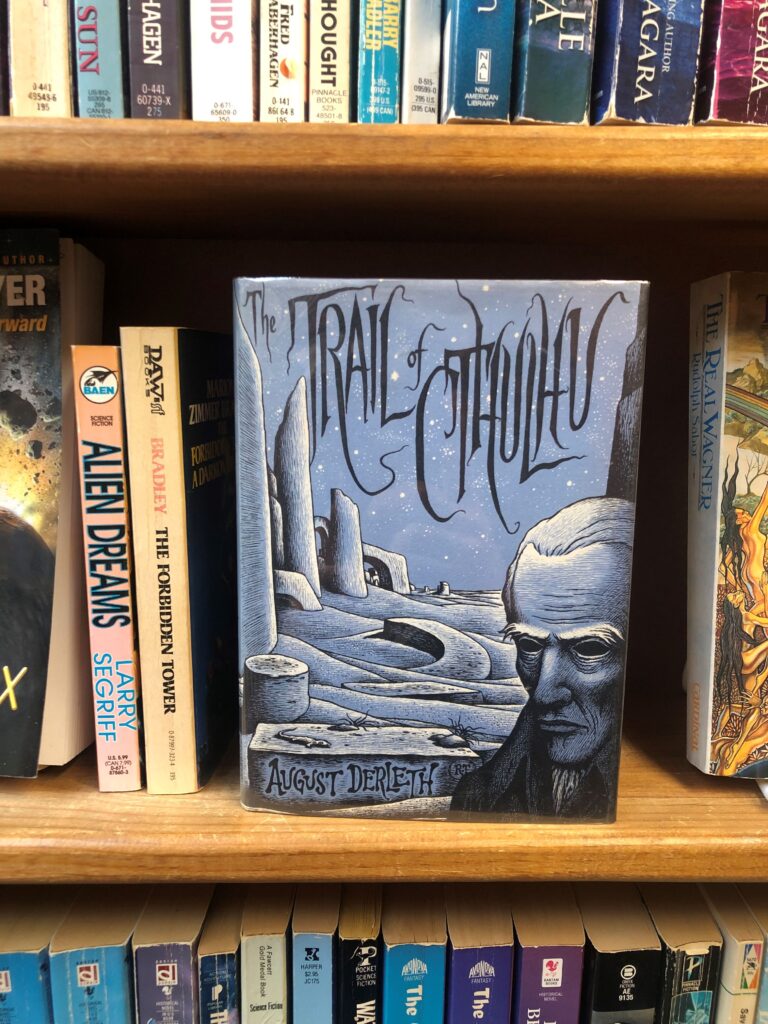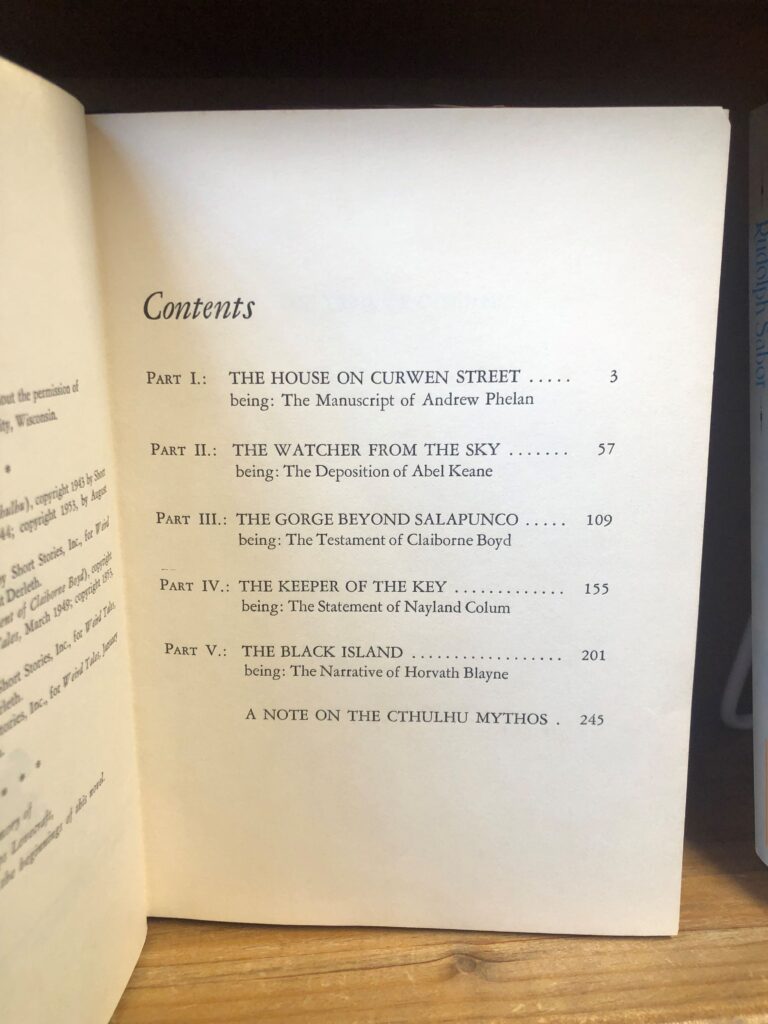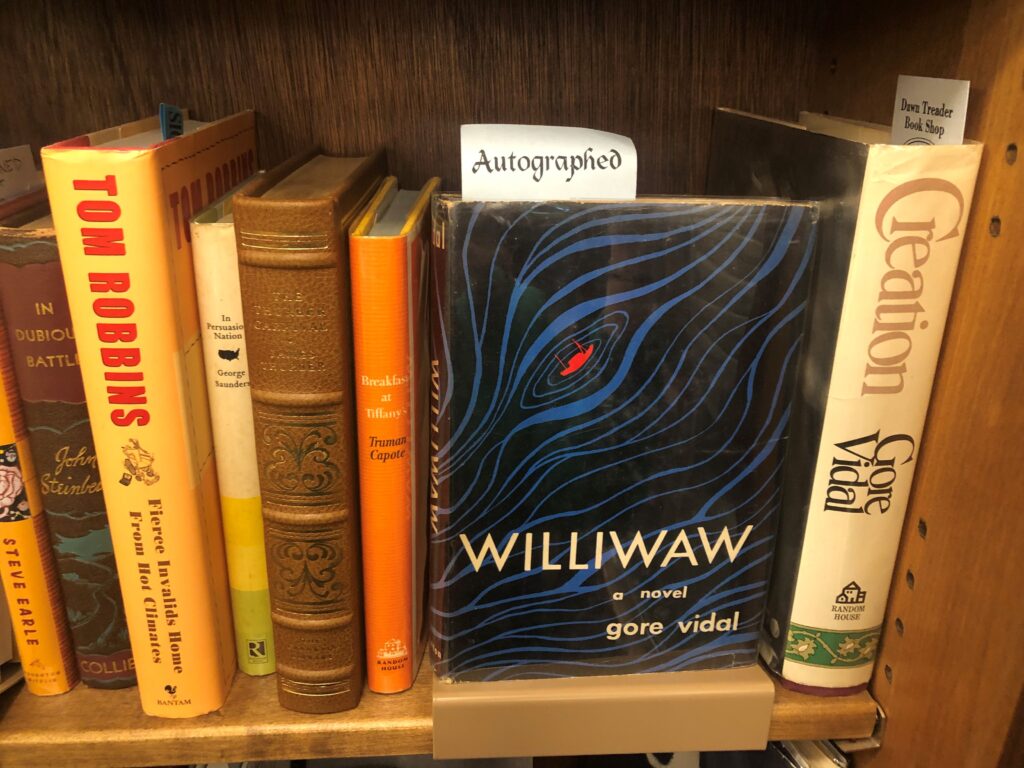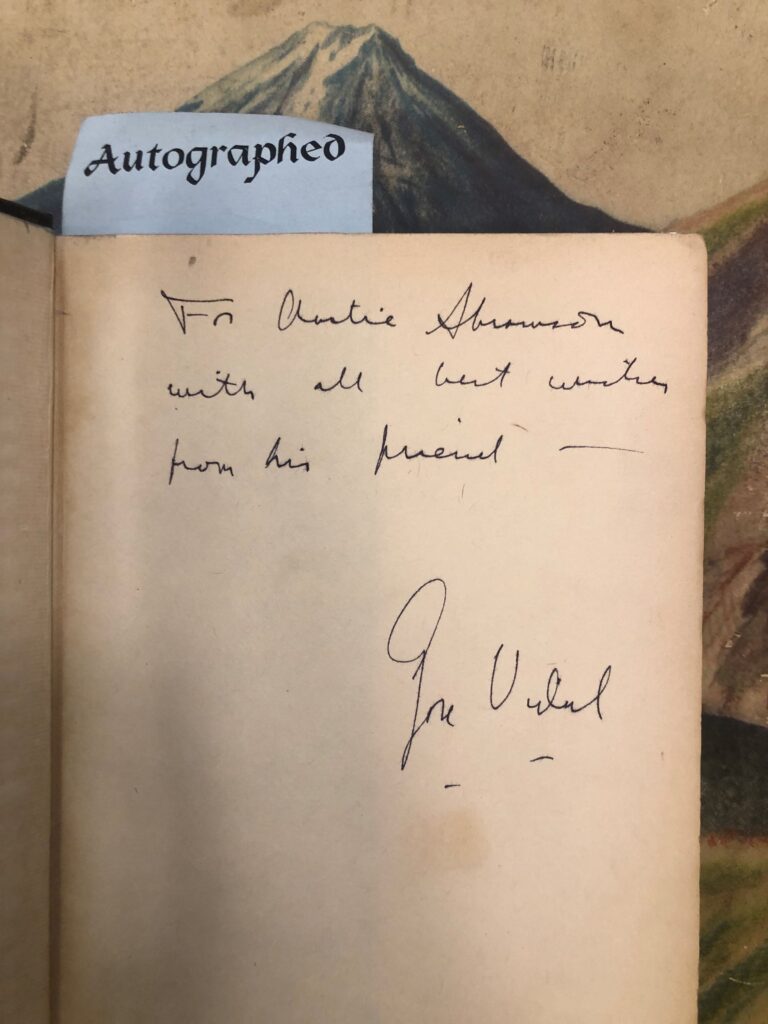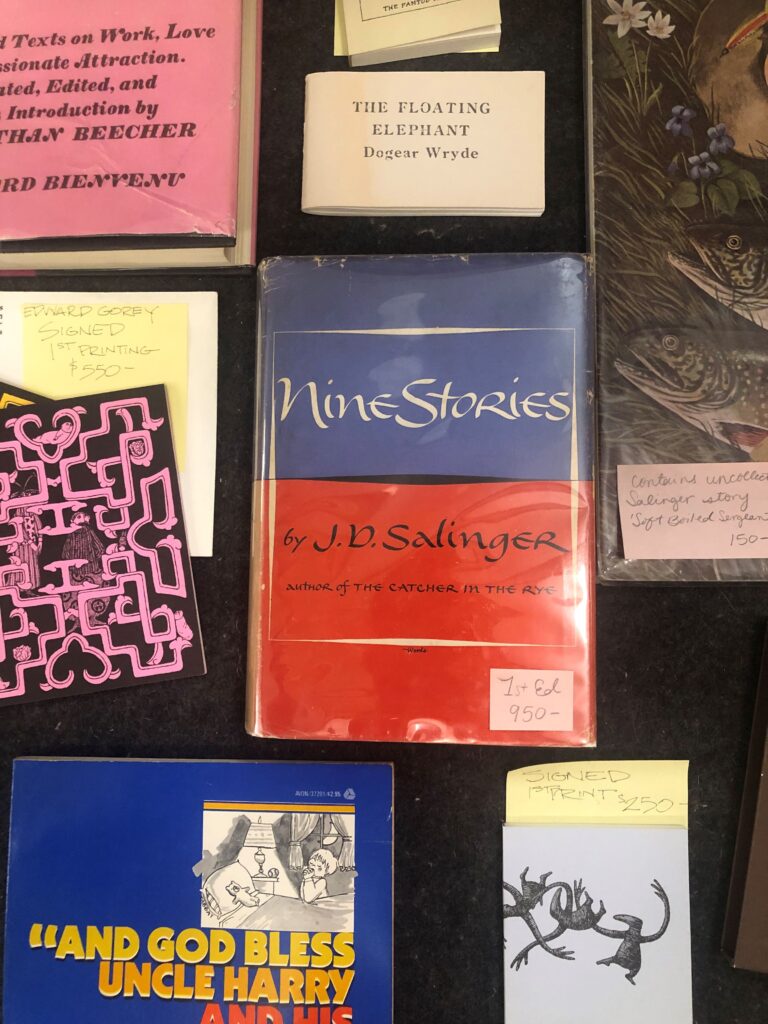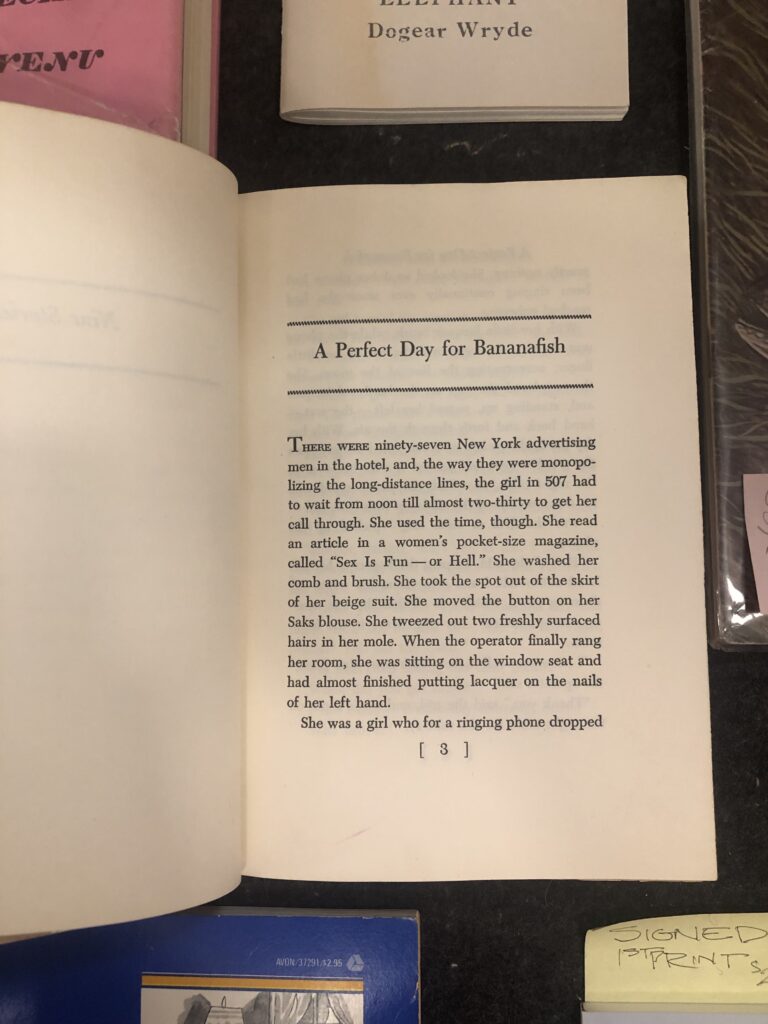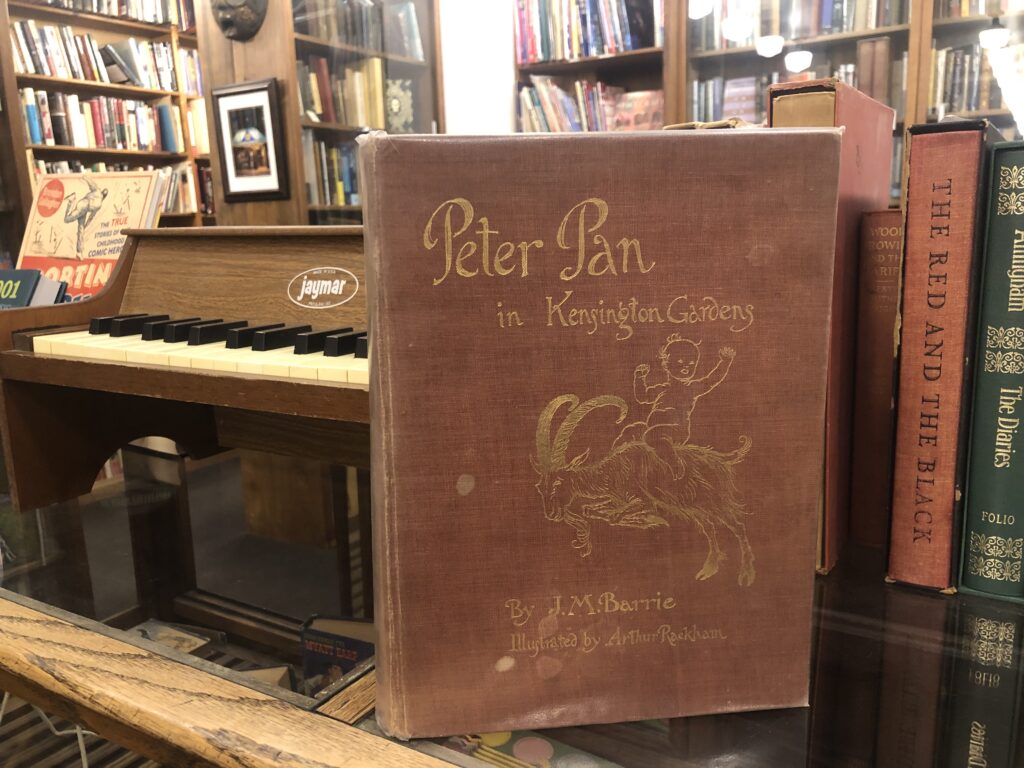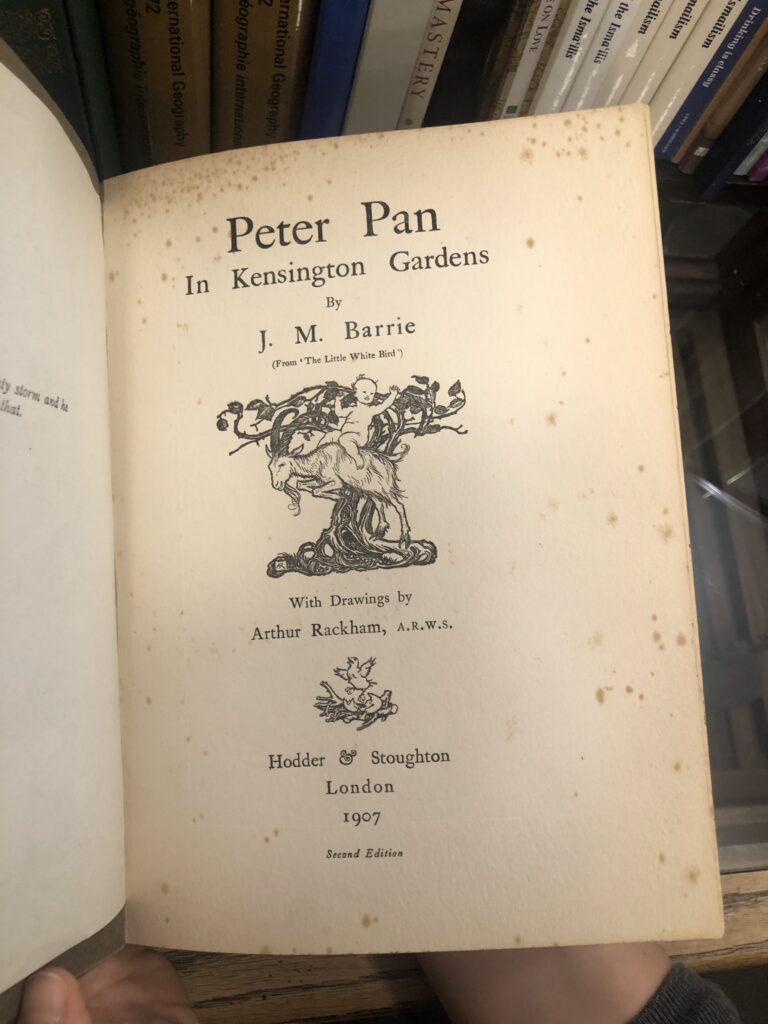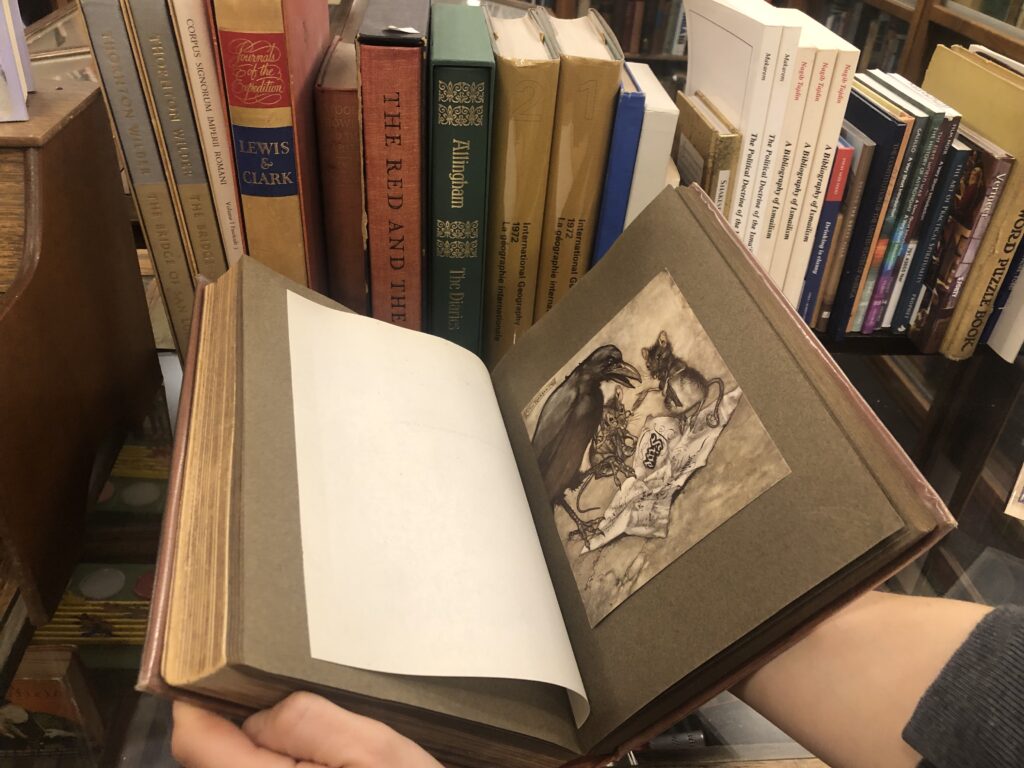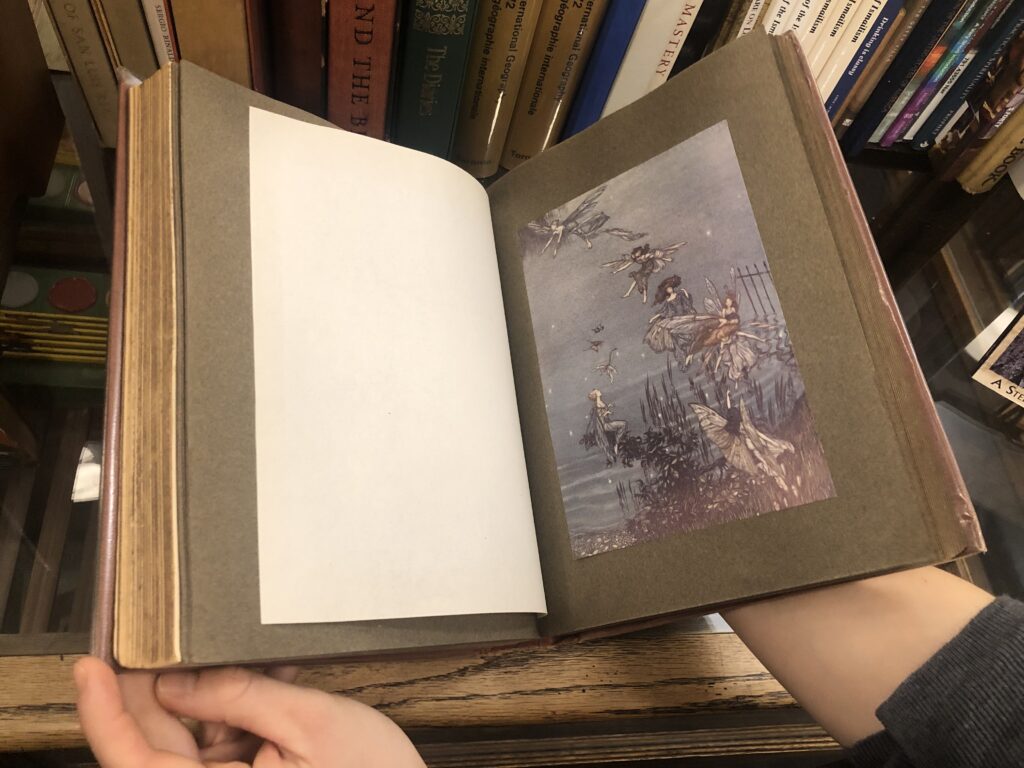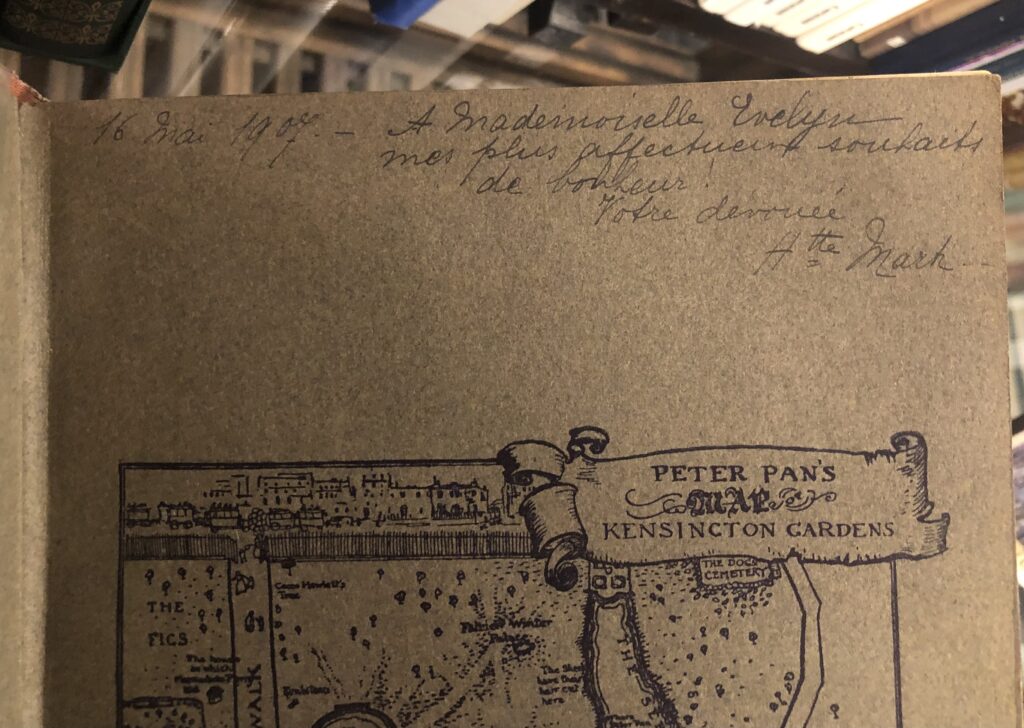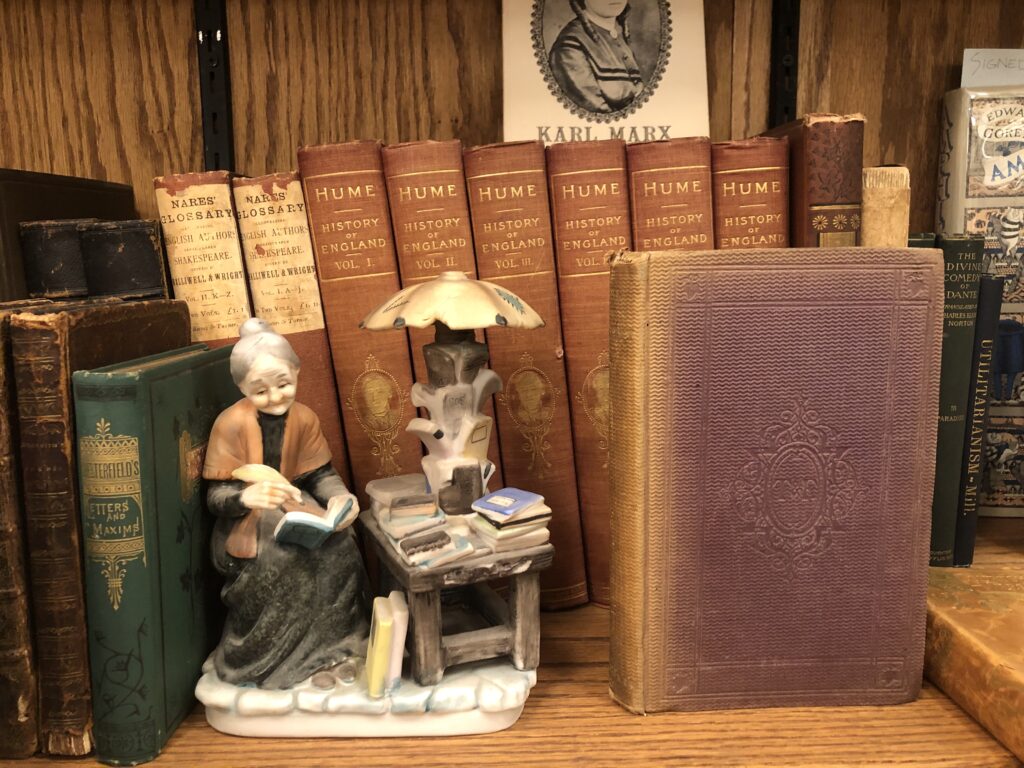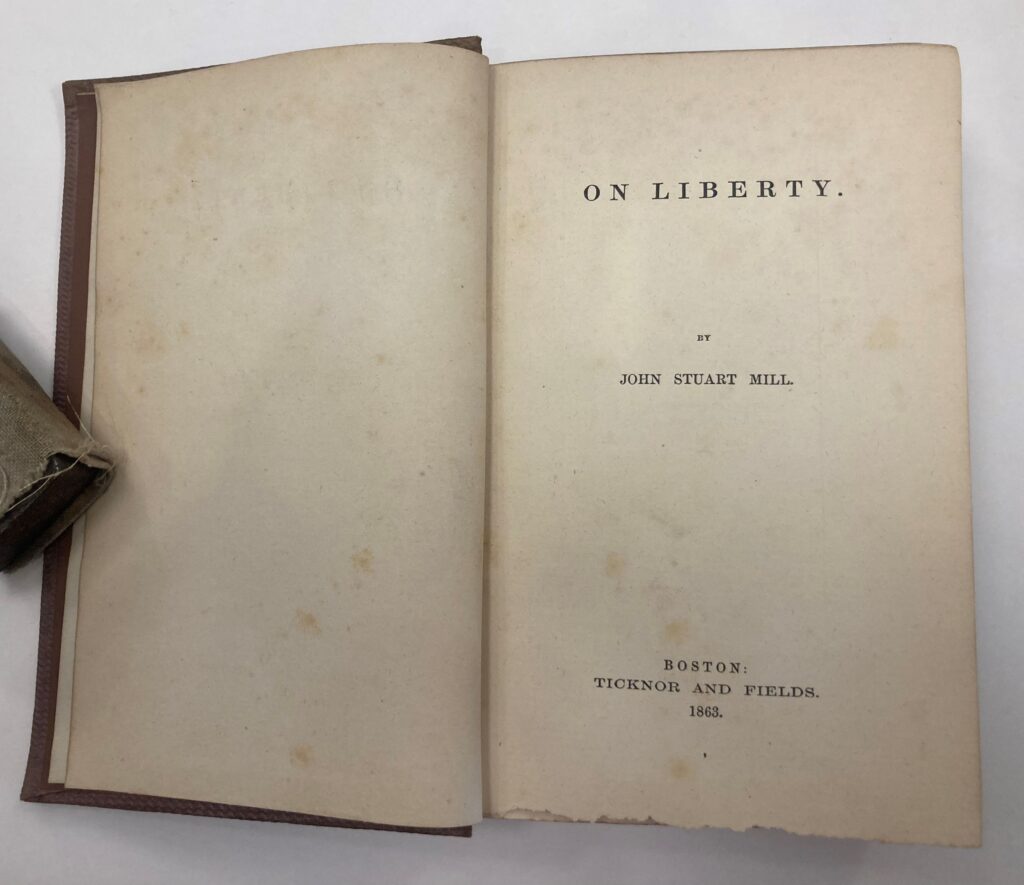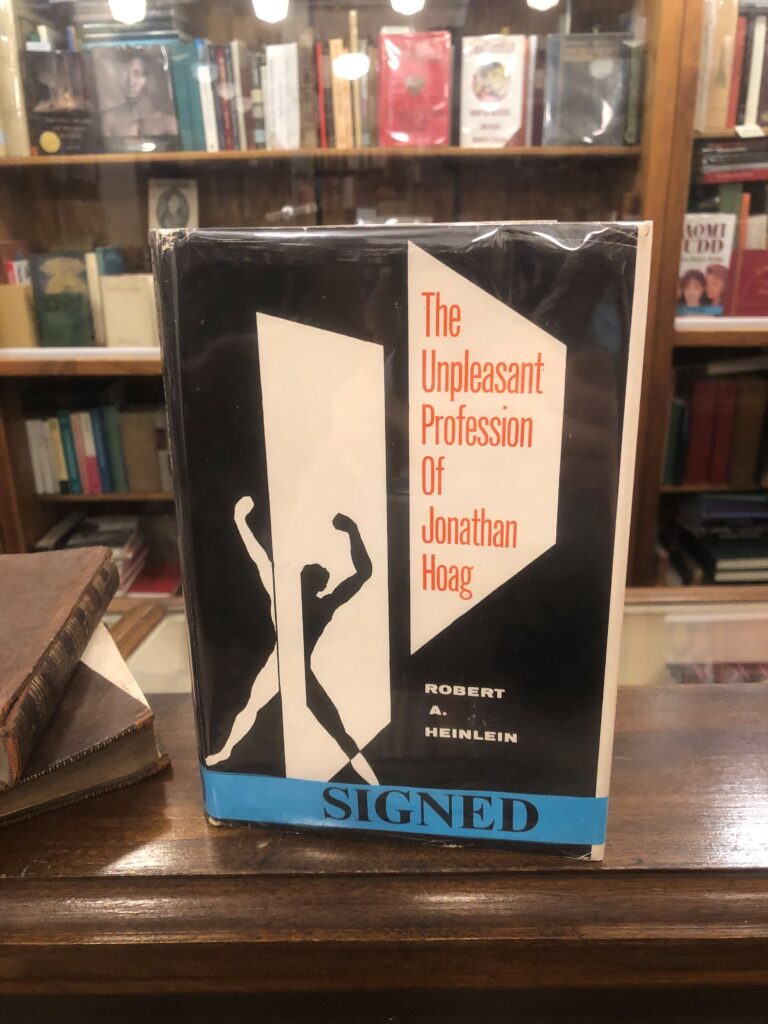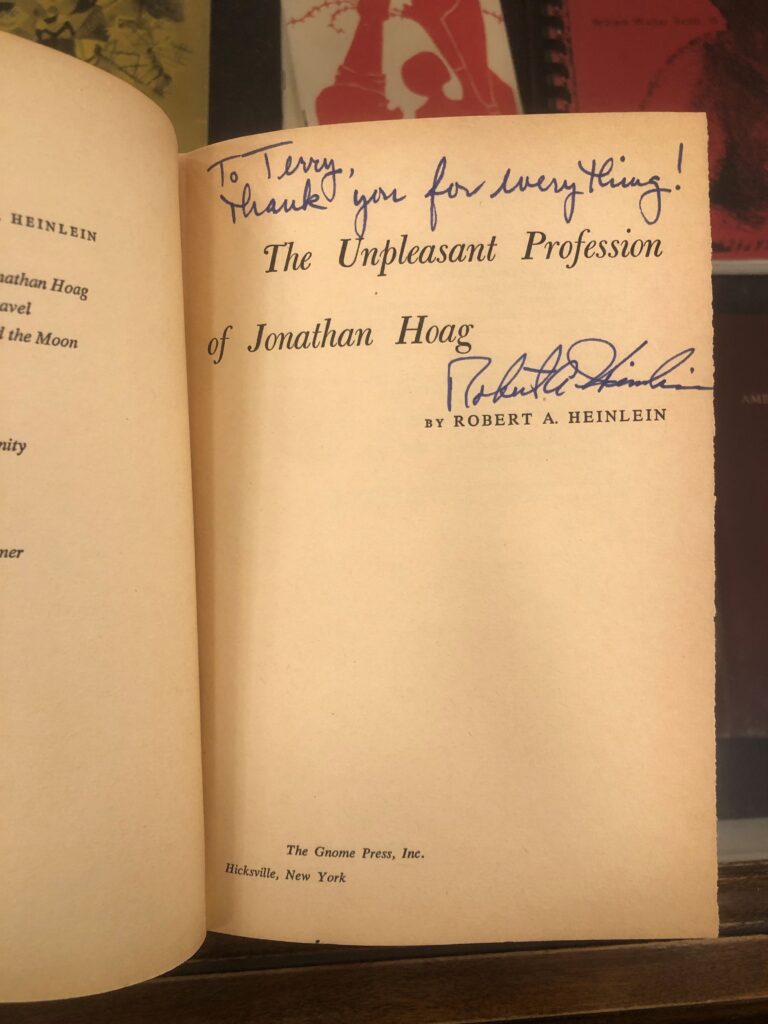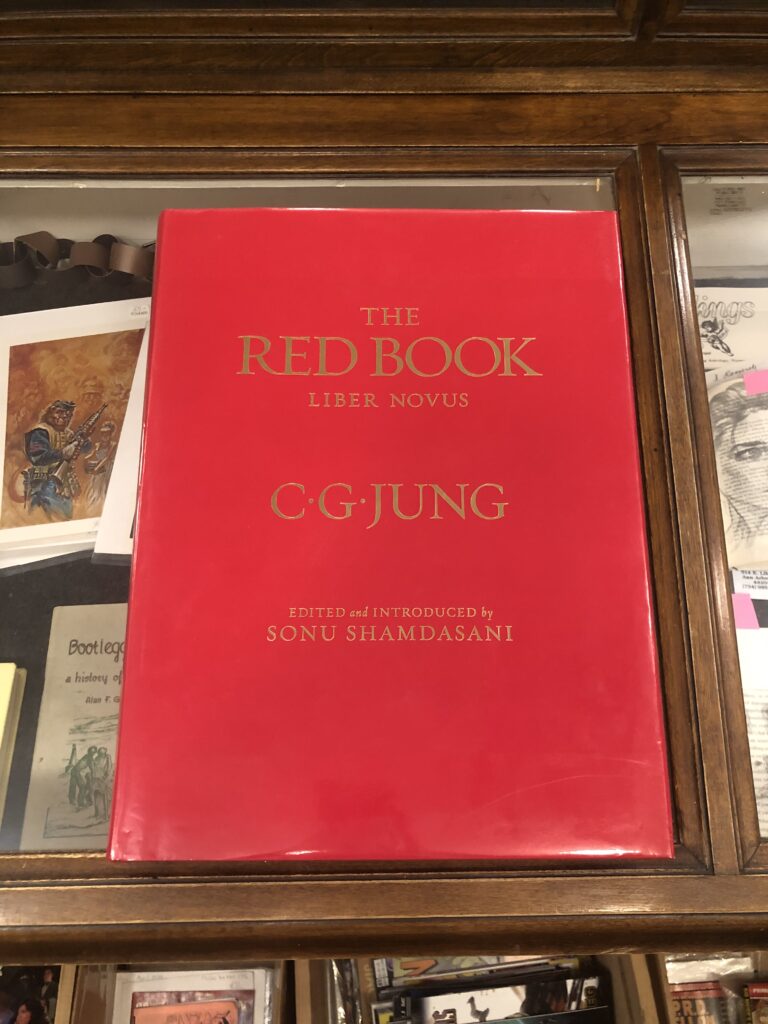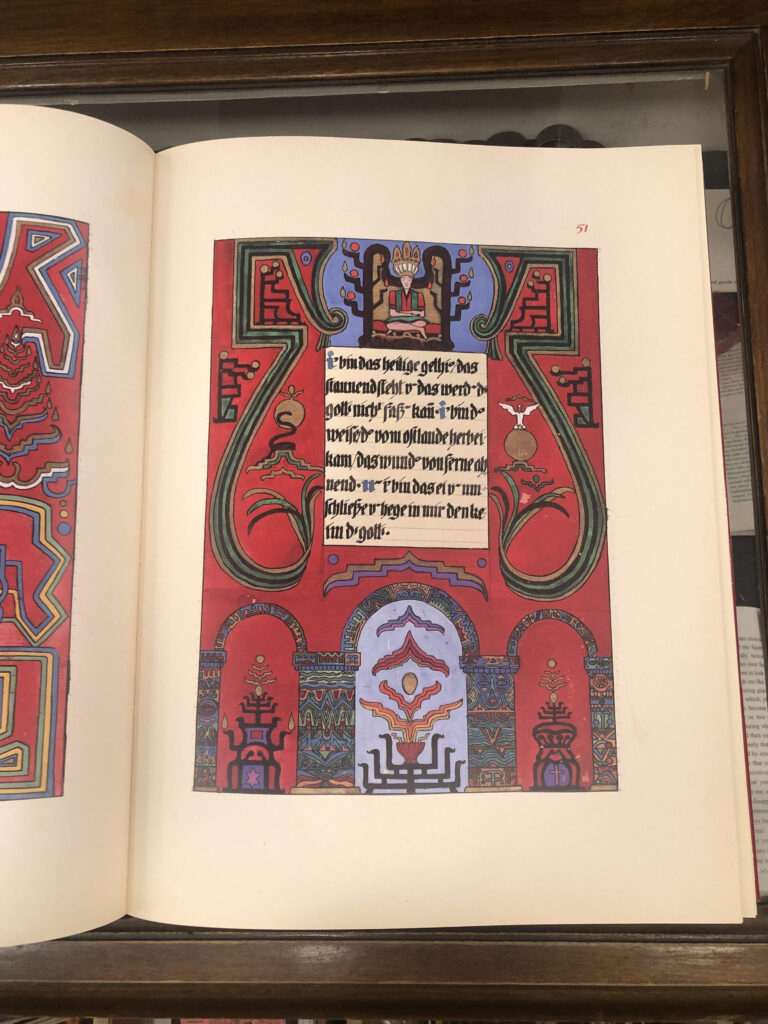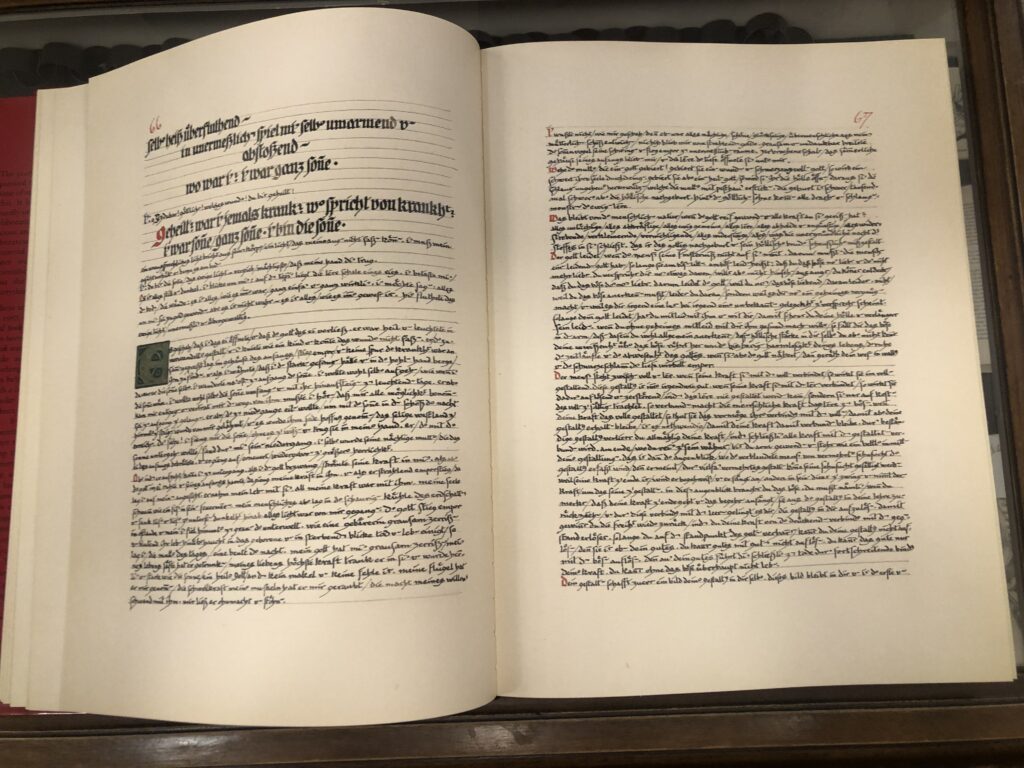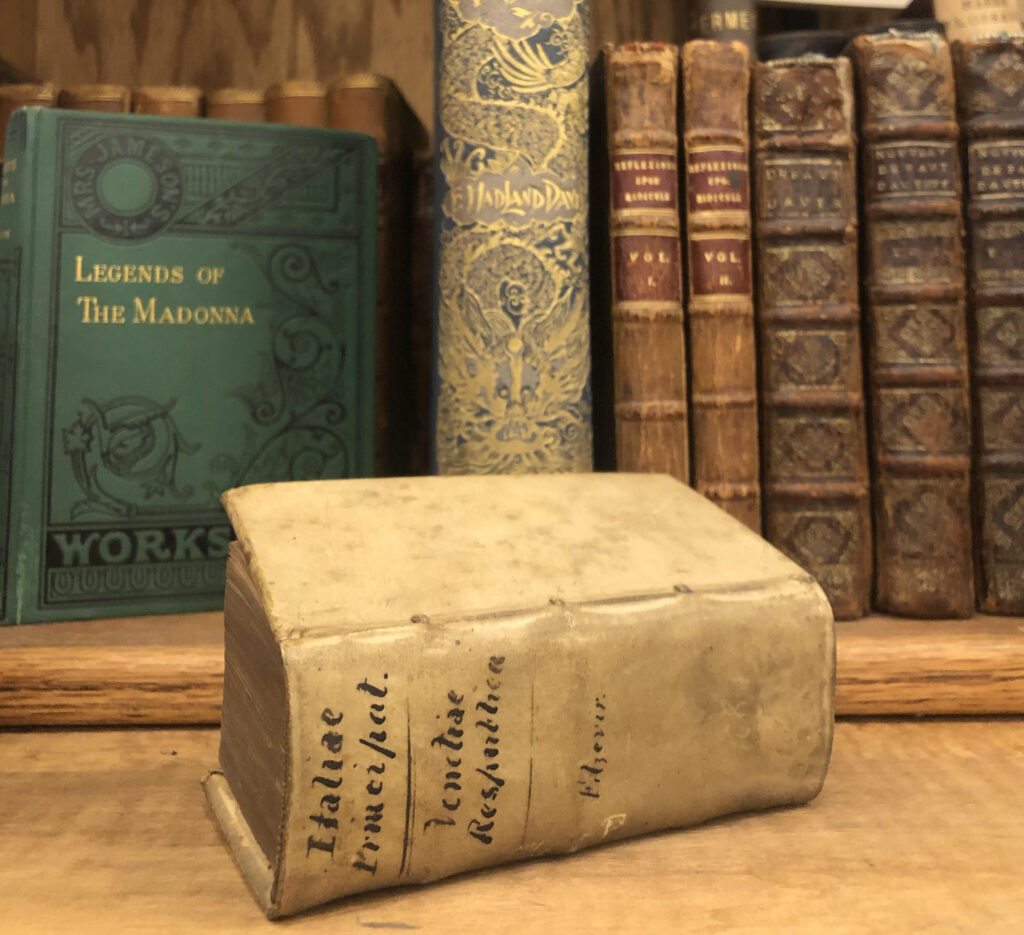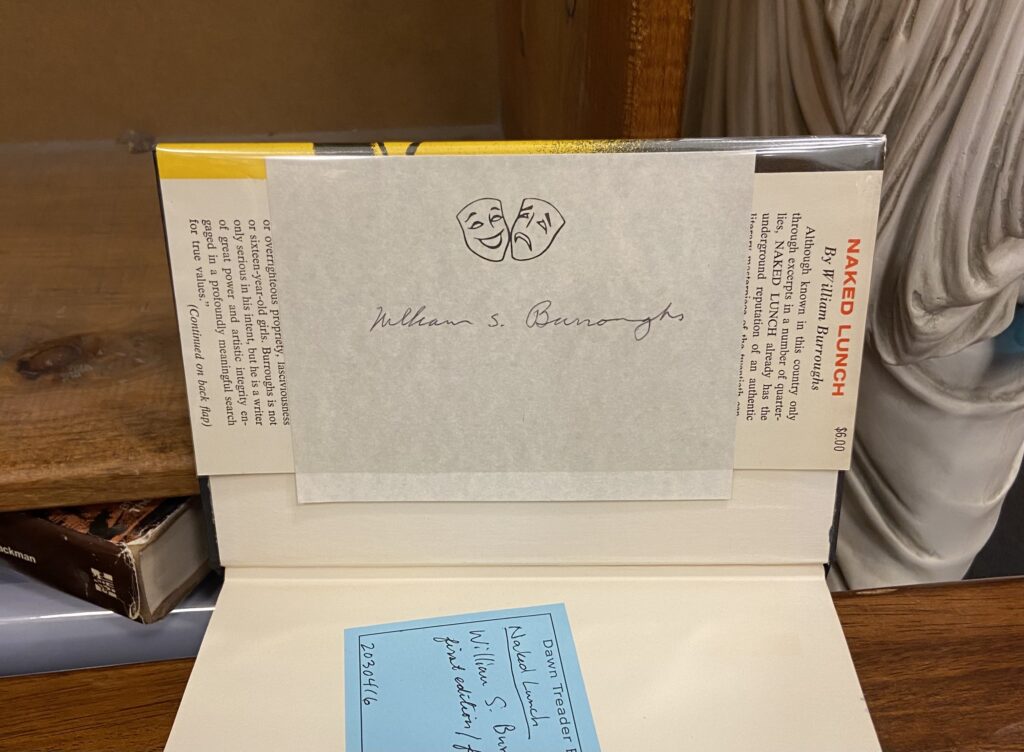OR The After-Death Experiences on the Bardo Plane, according to Lama Kazi Dawa-Samdup’s English Rendering
by W. Y. Evans-Wentz
First Edition | Oxford University Press | 1927
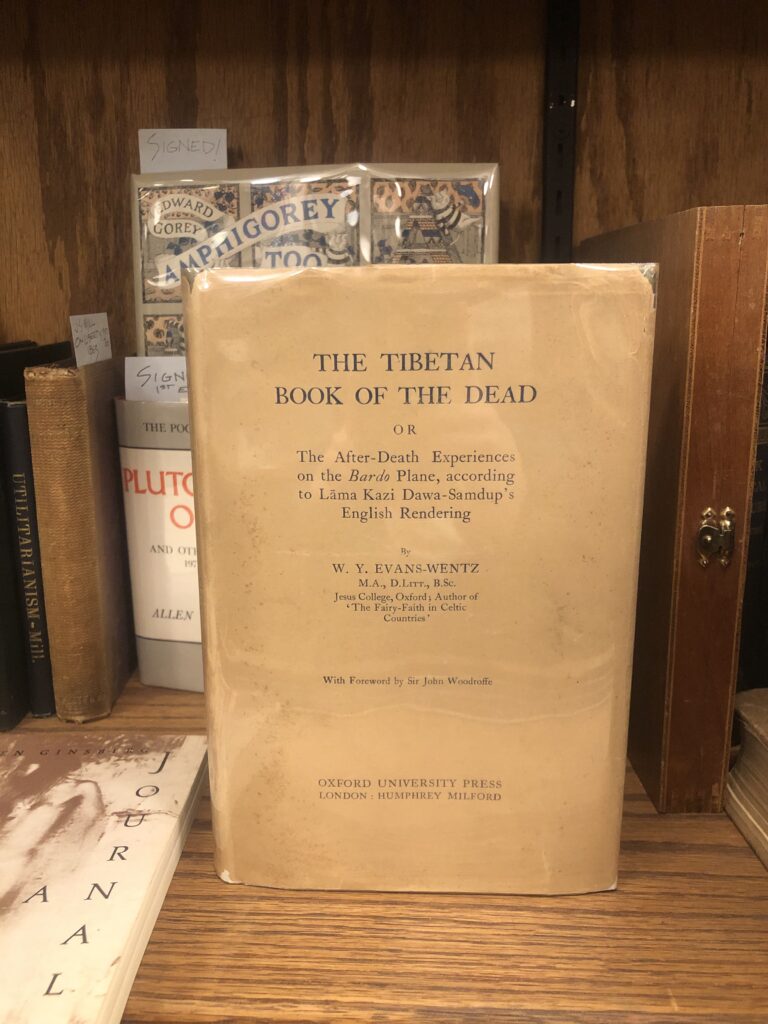
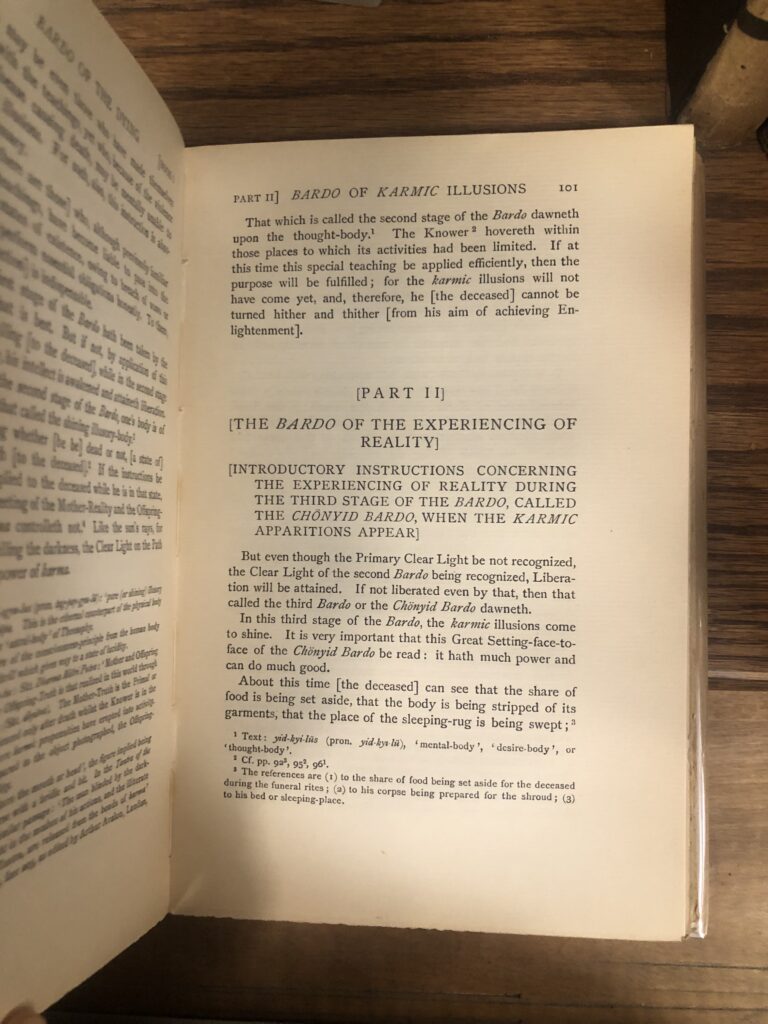
This Oxford University edition of The Tibetan Book of the Dead, though published less than a century ago, has a publication history that spans a millennium. The book’s original content is credited to Padma Sambhava, a Buddhist teacher, mystic, and prophet, who dictated the text to the Tibetan princess Yeshe Tsogyal in the 8th century. These writings that would become The Book of the Dead were called Bardo Thodol in Tibetan, and discussed Buddhist ideas of the cyclical nature of life, death, and rebirth, as well as states of existence between death and rebirth called bardos. If this story is true, Bardo Thodol pre-dates even the writing of Beowulf.
As the story goes, Padma Sambhava prophesied that the book was not right for the current time, but would be discovered some 500 years later when it was most needed by Tibet and the wider world. Indeed, in the midst of the bubonic plague’s devastation of the 1300s, a boy named Karma Lingpa came across the place where Yeshe Tsogyal had hidden the text. He disseminated Bardo Thodol across Tibet and other Buddhist nations, and it quickly became a staple text in the practice of Tibetan Buddhism.
Bardo Thodol‘s English title comes from Walter Evans-Wentz, an anthropologist, writer, and spiritualist known for his work bringing the philosophies of Tibetan Buddhism to prominence in the western world. While Evans-Wentz’s name graces the cover of the first English translation (which you see here), published by Oxford University in 1927, his involvement with The Tibetan Book of the Dead are controversial for many reasons. For one, Evans-Wentz himself did not do the actual translation work, which was performed by Kazi Dawa Samdup. While Bardo Thodol literally translates to “Liberation through Hearing during the Intermediate State,” Evans-Wentz chose to make reference to The Egyptian Book of the Dead, which was popular among spiritualists — one of many ways in which he imposed his own views and spiritualist philosophy on the text. This first translation, as a result, strays so far from Padma Sambhava’s original ideas that it no longer resembles true tenets of Tibetan Buddhism.
Despite — or maybe because of — Evans-Wentz’s departures, The Tibetan Book of the Dead developed a following and significance of its own. The book’s spiritual notions lent themselves well to the American counterculture movement of the 1960s, which popularized the use of psychedelics to achieve states of consciousness that ascended earthly existence, much like the bardos of Tibetan Buddhism. In 1964, Timothy Leary, Ralph Metzner, and Richard Alpert (later Ram Dass) published The Psychedelic Experience: A Manual Based on The Tibetan Book of the Dead, a book that linked Evans-Wentz’s version of Buddhist principles to the use of psychedelics to achieve ego death, among other subjects.
Later translations of Bardo Thodol have stayed truer to the original text, adding another layer of significance and uniqueness to this first edition copy of The Tibetan Book of the Dead. It is both a work of literature and an artifact of history, with seeds of influence that have proliferated and will continue to proliferate in spiritual, philosophical, and cultural corners of thought in years to come. In all its years of complex publication history, this book has made its way to the Dawn Treader’s shelves — come by the store to see for yourself!

